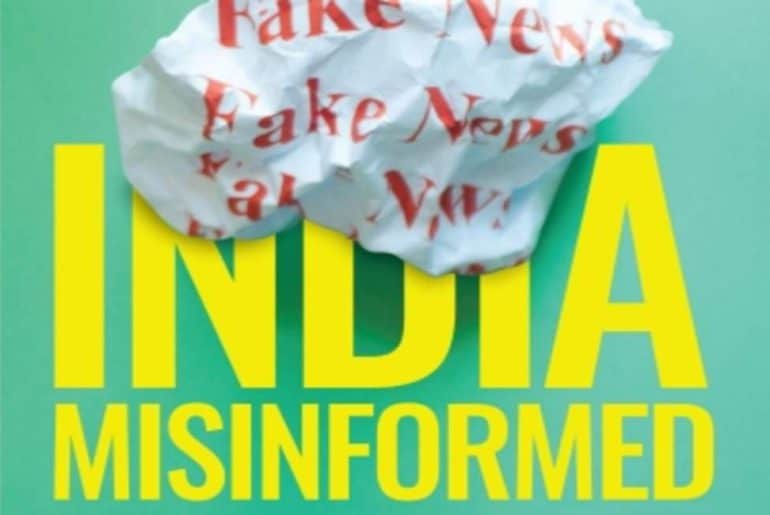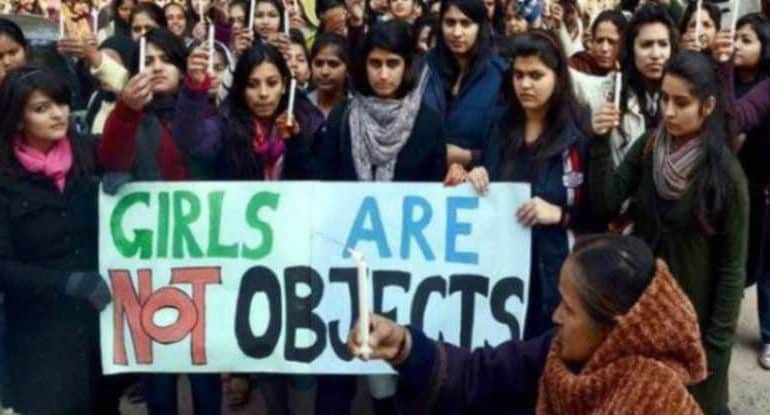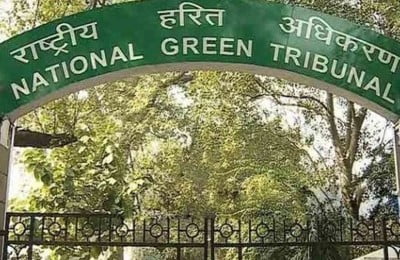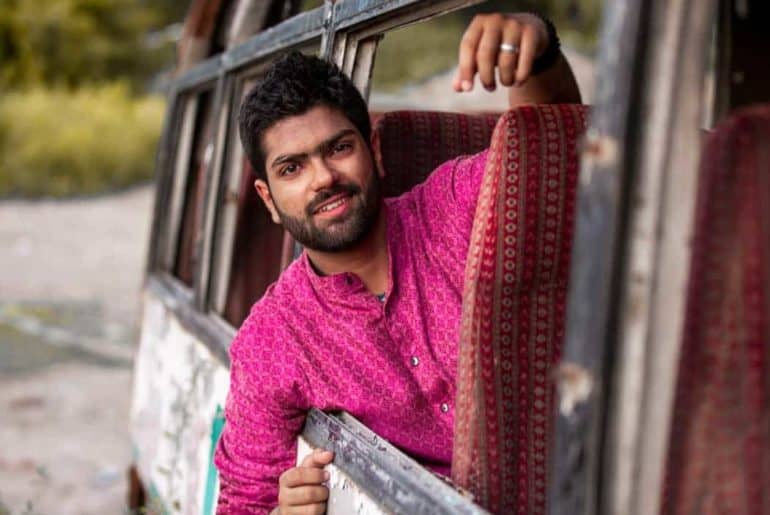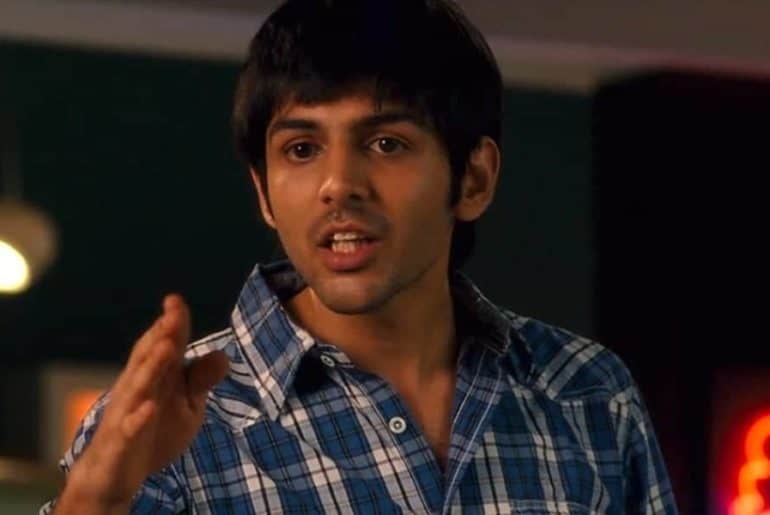Every day, we come across a wide range of content on social media. From news updates to political opinions to personal blogs, content creation acts as a source of income for many. In many cases, this has unfortunately facilitated the development of media that capitalises on polarising social issues and caters to the “majority,” even at the cost of being offensive or discriminatory towards particular groups. Read ahead to find out what fuels social media’s “economy of hate” and the alarming impacts this has on our society.
The use of social media is on the rise in the contemporary digital era. Following the boom in usage, it has now acquired the function of a community space for news updates, political ideas, and the development of online communities of individuals with shared interests. Being a social media celebrity comes with the added benefit of monetization. This content plays a major role in our daily discussions and the formation of personal opinions. With the added advantage of anonymity, this freedom of speech or expression of thoughts can go unchecked and develop a dark side too.
Cyberbullying or cyberharassment is becoming increasingly common among teenagers and adolescents, as well as in nations with fragile democratic structures and diverse social and religious groups. According to the Pew Research Centre, in 2022, at least half of the young people in the United States had experienced bullying at some point in their lives. India has one of the highest rates of cyberbullying. As per a study by McAfee, 85% of children in India have experienced cyberbullying or have perpetrated it themselves. This rate is nearly twice as high as the global average.
Content creators have a significant role in the perpetuation of cyberbullying. Targeting an individual or community for a few likes in order to grow an account is all too common on Instagram and X (previously Twitter). Some people post discriminatory content as a “joke,” while others post it as a social or political viewpoint. In India, social media is one of the most powerful tools used by politicians to propagate political messaging, which often includes ideological propoganda and hatred towards certain communities. Not only this, but social media has been employed to mould public opinion and cover up the true situation in areas such as Kashmir after the abrogation of Article 370, the current conversion of Uttrakhand into “devbhoomi”, ethnic violence in Manipur, and ethnic cleansing of Muslims in various parts of the country in the name of illegal encroachment. There are various social media accounts on X (formerly Twitter) dedicated entirely to spreading such malicious content.
Along with using social media for political purposes, another major issue is the use of social media to propagate disinformation about particular subjects such as reservation, gender discrimination, and the queer community. Multiple individuals on X (previously Twitter) grew their accounts by posting abusive and false information about these issues. Engaging in such posts (even if you disagree with the viewpoint being tweeted) helps such tweets develop reach, making it easier for the user to reach wider audiences who may be uneducated on such issues and gullible to misinformation.
The Centre for Countering Digital Hate strives to halt the dissemination of hate speech and false information online. It is a nonprofit organisation that works to defend internet civil liberties and human rights. The Centre for Countering Digital Hate was recently sued by Elon Musk. According to a report in the Washington Post, X filed a complaint in the U.S. Federal Court for the Northern District of California, alleging that CCDH engaged in a number of unlawful acts in an effort to inappropriately access protected X Corp. data. Here are a few citations from CCDH reports:
Anti-LGBT Hate Content
TW// Queerphobia
According to a report by the Centre for Countering Digital Hate, over 1.7 million tweets and retweets since the start of 2022 mention the LGBTQ+ community via a keyword such as “LGBT”, “gay”, “homosexual” or “trans” alongside slurs including “groomer”, “predator” and “paedophile”. The hateful ‘grooming’ narrative online is driven by a small number of influential accounts with large followings. Now new estimates from the Centre show that just five of these accounts are set to generate up to $6.4 million per year in ad revenues for Twitter.
Anti-Muslim Hate Content
TW// Islamophobia
A study by TRT World revealed that 86% of anti-Muslim content originates in the United States, the United Kingdom, and India. According to the research, such hostile content and disinformation led to violent attacks on Muslims and mosques.
According to a report by CCDH, social media companies, including Facebook, Instagram, TikTok, Twitter, and YouTube, failed to act on 89% of posts containing anti-Muslim hatred and Islamophobic content reported to them. CCDH researchers, using platforms’ own reporting tools, reported 530 posts that contain disturbing, bigoted, and dehumanising content that targets Muslim people through racist caricatures, conspiracies, and false claims. These posts were viewed at least 25 million times. Many of the abusive contents were easily identifiable, yet there was still inaction. Instagram, TikTok, and Twitter allow users to use hashtags such as #deathtoislam, #islamiscancer and #raghead. Content spread using the hashtags received at least 1.3 million impressions.
Misogyny and Sexism on Social Media
TW// Misogyny, Sexual Harrasement, and Mentions of Rape
CCDH exposed the most influential and largest incel forum (incel, standing for ‘involunatry celibate,’ a self-assigned social media term for mostly cis-gendered heterosexual men who consider themselves “denied” of sex by women and actively spread misogynistic, sexist, hostile content directed towards women and even men who they consider more sexually accomplished than themselves). This new in-depth study by the CCDH’s Quant Lab shows a 59% increase in mentions of mass attacks, widespread approval of sexual violence against women, with 9 in 10 posters supportive, and support for paedophilia, with the rules explicitly changing in March 2022 to permit the sexualization of ‘pubescent minors’. The ‘Incel Forum’ receives an average of 2.6 million monthly visits and has 17,000 members. Discourse is driven by 406 ‘power users, who produce 74.6% of all posts on the forum, some spending upwards of 10 hours a day on the forum. In some cases, boys as young as 15 are being led down a rabbit hole of hatred and extremism. An analysis of almost 1.2 million posts made over an 18-month period found:
- A 59% increase in the use of terms and codewords relating to acts of mass violence.
- Mention of rape every 29 minutes. 9 in 10 (89%) of posters in relevant discussions were supportive of sexual violence against women. The forum’s rules changed to permit the sexualization of “pubescent minors”.
- Analysis of discussions of paedophilia on the forum shows that 53% of posters are supportive of sexual violence against children.
- One in five posts on the forum features misogynistic, racist, antisemitic, or anti-LGBTQ+ language.
- Mainstream social media platforms like YouTube and Google are enabling pathways to the ‘Incelosphere’.
Casteist Content
From misogyny to queerphobia to caste and race, social issues across the world are being capitalized on under this “economy of hate.” Take, for instance, the Twitter account by the name of “Anuradha Tiwari,” which often posts defamatory and hateful content on reservations. Her whole X and LinkedIn profiles are packed with anti-reservation content. This kind of content fosters young people’s development of hateful opinions and prejudice. A report by The Centre for Internet & Society titled “Online Caste-Hate Speech: Pervasive Discrimination and Humiliation on Social Media” talks about the anti-reservation and casteist content across various social media platforms. Furthermore, it discusses how casteism on campuses is greatly impacted by such online hatred.
In conclusion, the economics of hate create a shadow that undermines our social fabric in the complex network of digital places. Creators are often motivated by financial gain to take advantage of conflicts and controversy by posting systematically discriminatory content online. This exploitation breeds bias, misinformation, and harassment, in addition to eroding empathy. A cycle of hatred is fueled by the pernicious attraction of money because attention-grabbing stories draw attention and increase the wealth of those who spread them. A holistic strategy that includes stronger content regulation, media literacy instruction, and ethical digital citizenship is necessary to combat this destructive influence. We may strive to create a digital environment that is based on respect, understanding, and true connection by eliminating the financial motivations for hatred.
Featured Image Credits: Article-14
Read Also: Decoding Deceptive Deepfake
Dhruv Bhati
[email protected]

